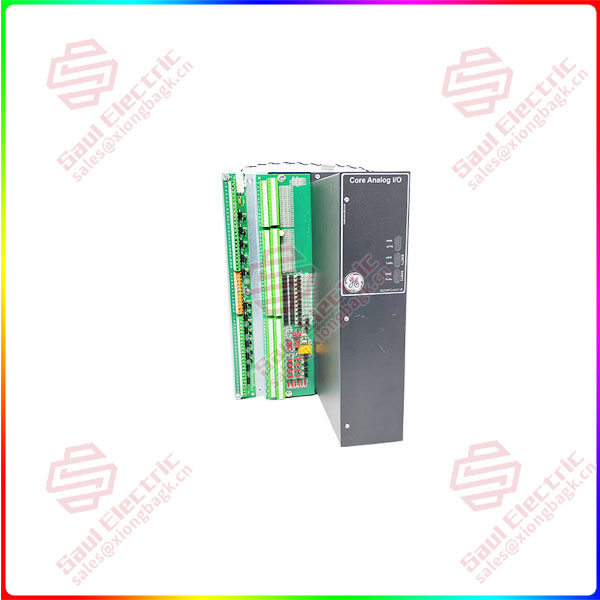In 1987, PILZ introduced and patented PNOZ, the first scare-stop relay for the protection of people and machines, thus opening a new chapter in the field of safety technology. PNOZ safety relays can be used to monitor emergency stops, safety doors, safety grating/light curtains, two-hand control, speed and rest and other safety functions, quickly swept the world, PNOZ has become almost synonymous with safety relays.
As the inventor of safety relays, Peel Magnetic has a rich product line, from safety relays for a single safety function, to configurable safety relays for more safety functions, to the latest modular safety relays that can be customized, Peel Magnetic continuous innovation leads the development trend of safety automation technology. It also provides users with great convenience and choice space.

IS230PCAAH1B
Safety relay series of “Jiangshan generation has talents”
There is no doubt that the safety relay is one of the core products of Peel Magnetic. With the continuous development of technology and the change of user needs, Peel magnetic has launched a number of series of safety relay products in order to better adapt to the user’s application scenario.
● Classic heritage PNOZ X
PNOZ X is a very widely used safety relay series from Peir Magnetic, which has been tested in the market for decades, and its reliability, applicability and safety have been affirmed by users.
● Small size, big wisdom PNOZ Sigma
PNOZ Sigma is a new series of safety relays introduced by PILZ in 2006, featuring a small body and maximum functionality in the smallest width. Sigma series models are more streamlined, which is very useful for users, not only the selection is easier, the number of spare parts can also be reduced accordingly.
● Affordable PNOZ compact
PNOZ compact is suitable for basic control functions and focuses on a “precision direct feed”, which allows users to select the corresponding model according to the monitoring function they need. This is compared with some so-called “universal” safety relays that can connect to any function, which both meets the functional requirements and is more “economical” in cost.
 1 Year Warranty
1 Year Warranty




